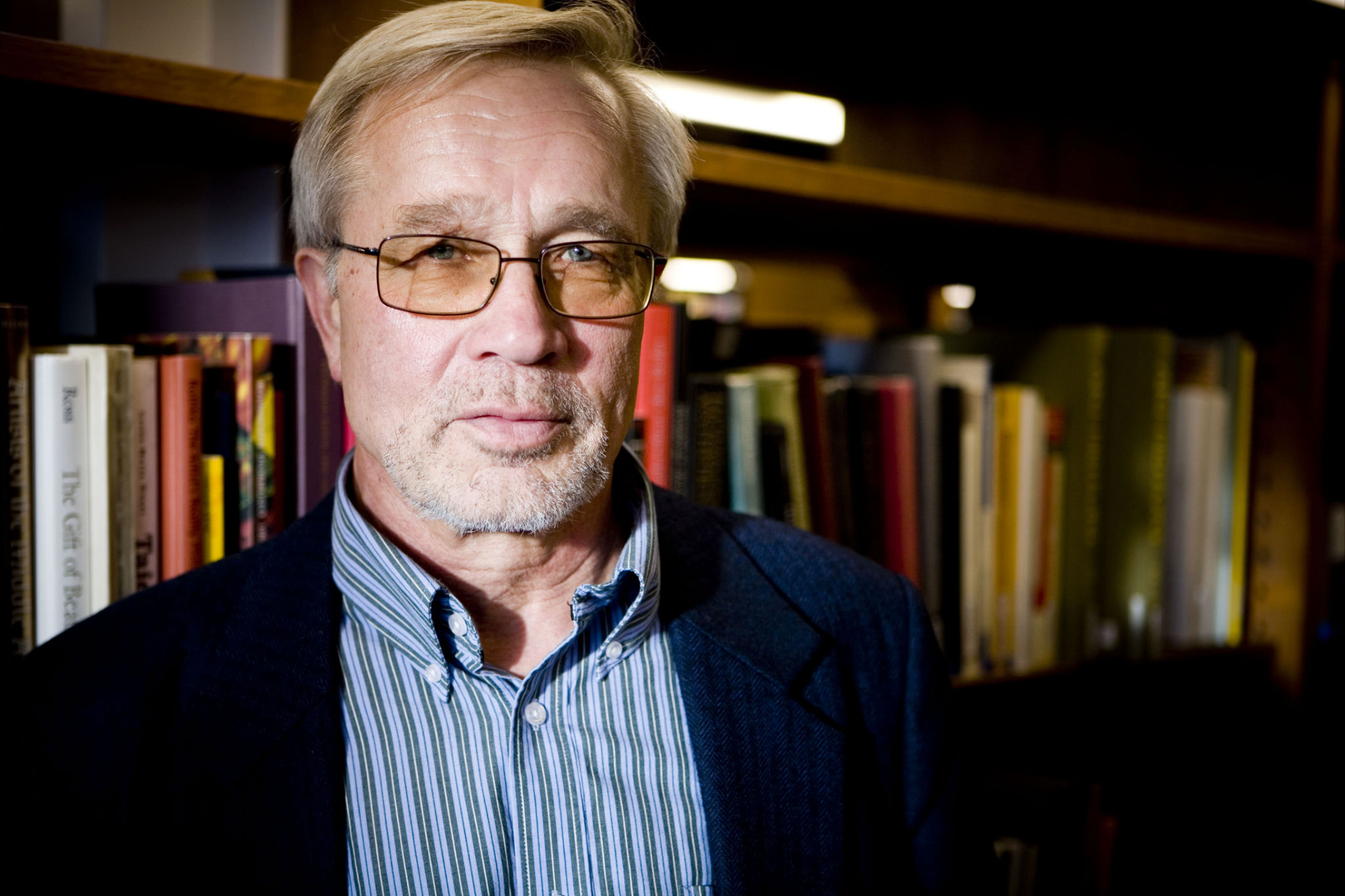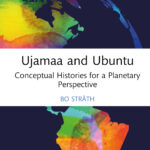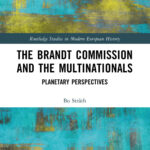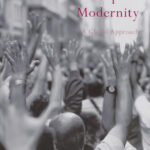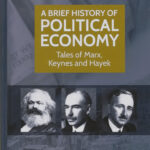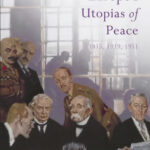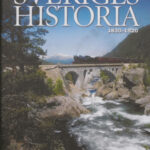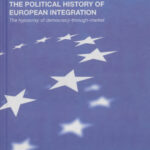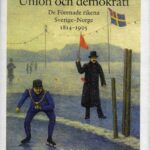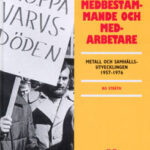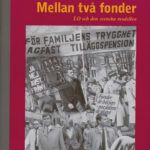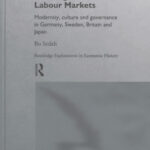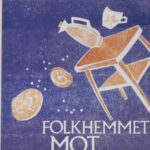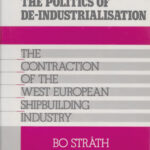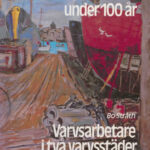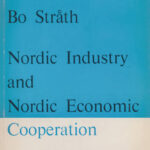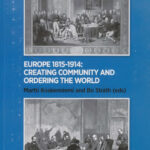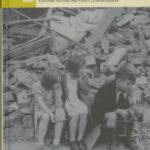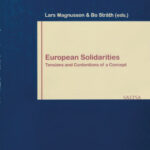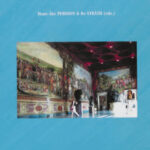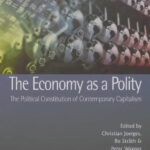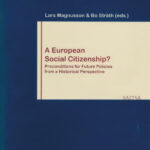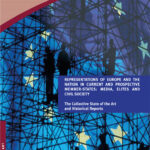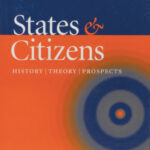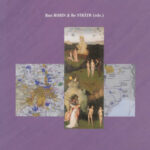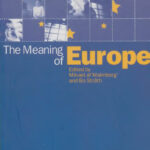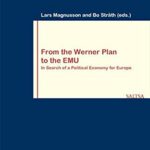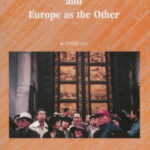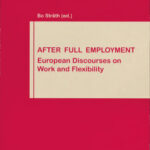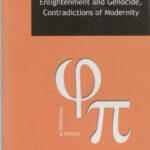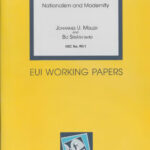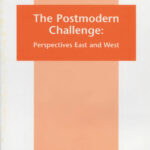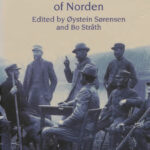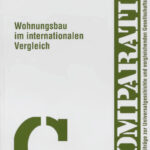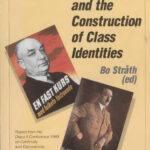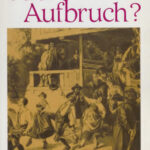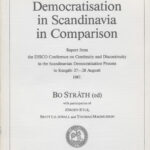Historical Patterns in Europe and Beyond
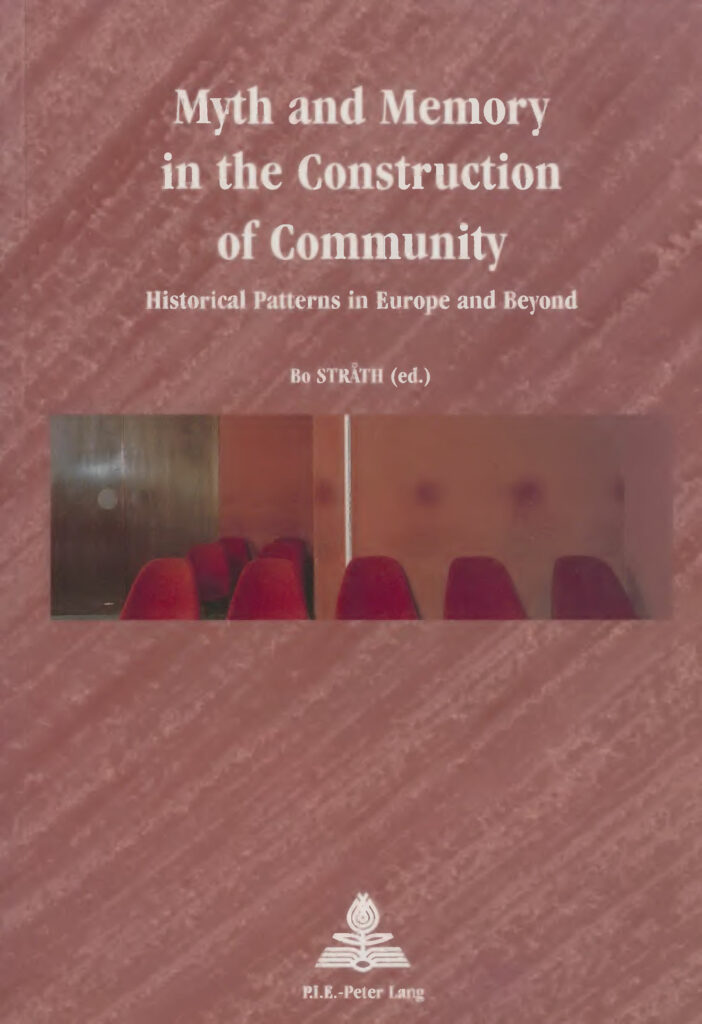
Bo Stråth (ed.), Myth and Memory in the Construction of Community, Historical Patterns in Europe and Beyond. Multiple Europes No. 9. P.I.E.-Peter Lang, Brussels 2000
Abstract
Across and beyond Europe, history is being rewritten in the wake of the Cold War’s dissolution. An example of this process is the reevaluation of the part played by resistance movements during World War II in country after country. This book deals with the role of myth and memory in forming collective identities, with a particular emphasis on national identities. Myth and memory should not be seen as clearly demarcated from history. They are history in ceaseless transformation and reconstruction; the image of the past is continuously reconsidered and reconstituted in the light of an ever-changing present.
History is an interpretation of the past, not the past, as it really was. The key question of this book concerns the role myth and memory play in the construction of communities and what the distinction between collective myth and memory signifies. The discussion of this question is undertaken in theoretically oriented chapters as well as 15 case studies of national patterns from Scandinavia in the north to Italy and Israel in the south, and from the USA in the west to Russia in the East, as well as local community constructions in working-class districts in Glasgow and Roubaix and the national politics of architecture in Berlin and Rome.
Contents
Preface
Prologue. Wolfgang Pavlik. The Image of the Other: Ahnengalerie. James Kaye
Chapter 1. Introduction. Myth, Memory and History in the Construction of Community. Bo Stråth
Myth, Memory and History
Chapter 2. Catastrophe, Communal Memory and Mythic Discourse: The Uses of Myth in the Reconstruction of Society. Hayden White
Chapter 3. Maurice Halbwachs: Memory and the Feeling of Identity. Lutz Niethammer
Chapter 4. Spinosa on Historical Myths. Thomas Hippler
Myth, Memory and Representation
Chapter 5. Conflict in the Social Representation of Place: The Cases of Gorbals and Alma-Gare. Michael James Miller
Chapte 6. Political Stage-Setting. The Symbolic Transformation of Berlin. Beate Binder
Chapter 7. Italian Fascism and Roman Heritage. The Third Rome of Mussolini. Steen Bo Frandsen
Chapter 8. Monuments in the Making of Italy. Lars Berggren
Chapter 9. Representation of the American Nation in Architecture: The Case of the 1920s. Ron Robin
Chapter 10. The Baltic as Image and illusion: The Construction of a Region between Europe and the Nation. Bo Stråth
Myth and Memory in the Construction of the Nation
Chapter 11. The Emergence and Transformation of Foundation Myths. Wolfgang Kaschuba
Chapter 12. National Identity as Trauma: The German Case. Bernhard Giesen
Chapter 13. (Re)creative Myths and Constructed History: The Case of Poland. Ewa Dománska
Chapter 14. The Creative Fear: Fascism, Anti-Semitism, Democracy and the Foundation of the People’s Democracy in Hungary. Péter Apor
Chapter 15. A Nazione Mancata: The Construction of the Mezzogiorno after 1848. Marta Petrusewicz
Chapter 16a. Challenging Israel’s Foundation Myths: The Constitution of a Constructive Mythology? Ilan Pappe
Chapter 16b. Two Cheers for the New Historians: A Critique of Israel’s Post-Nationlists. Ron Robin
Chapter 17. In Search of a New Identiy: Visions of Past and Present in the Post-Communist Russia. Andrei Zorin
Chapter 18. Foundation Myths at Work: National Day Celebrations in France, Germany and Norway in a Comparative Perspective. Arve Thorsen
Chapter 19. Remembering the Second World War in Denmark: The Impact of Politics, Ideology and Generation. Metten Zølner
Chapter 20. Poverty, Neutrality and Welfare: Three Key Concepts in the Modern Foundation Myth of Sweden. Bo Stråth
Bibliography
About the Contributors
